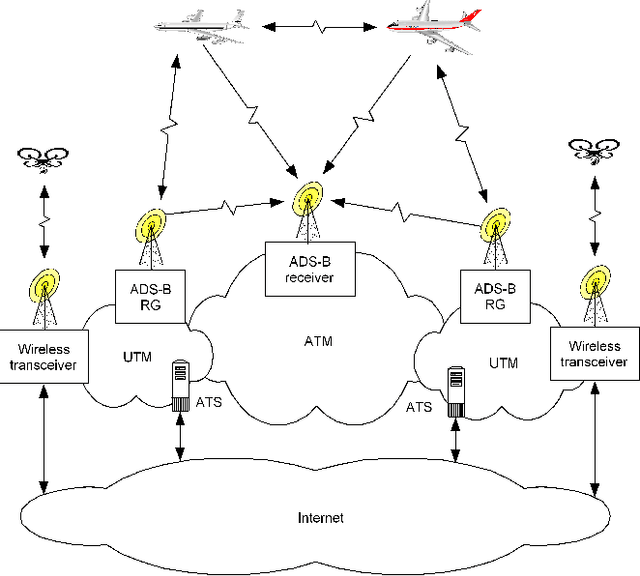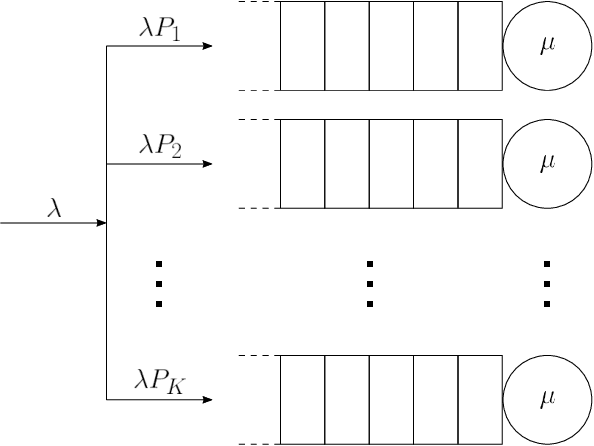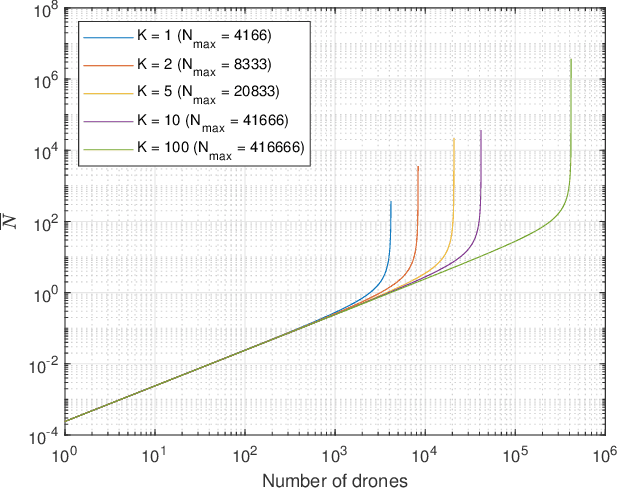A cloud-assisted ADS-B network for UAVs based on SDR
Paper and Code
May 20, 2022



Integration of Unmanned Aerial Vehicles (UAVs) or "drones" into the civil aviation airspace is a problem of increasing interest in the aviation community, as testified by many initiatives developed worldwide. Many traditional surveillance solutions for manned aircrafts employ the Automatic Dependent System-Broadcast (ADS-B) technology, which however might present several drawbacks when used for UAVs, especially smaller ones and/or those flying at very low altitudes. We present in this paper a cloud-based surveillance solution for UAVs, which can be considered as an enhancement of a conventional ADS-B system. The proposed solution leverages inexpensive on-board transceivers for transmitting positional messages from the UAVs to the ground. A network of ADS-B gateways, based on the software-defined radio (SDR) paradigm, format the positional messages into valid ADS-B signals and rebroadcast them in the air, allowing thus to emulate a true ADS-B system and overcoming the main disadvantages of the conventional implementation. A preliminary performance analysis of the proposed approach, based on queuing theory, shows the main tradeoffs of the considered approach. Moreover, a physical-layer laboratory implementation of the proposed solution is presented, based on off-the-shelf SDR hardware, which is programmed using the open-source GNU Radio environment.
 Add to Chrome
Add to Chrome Add to Firefox
Add to Firefox Add to Edge
Add to Edge